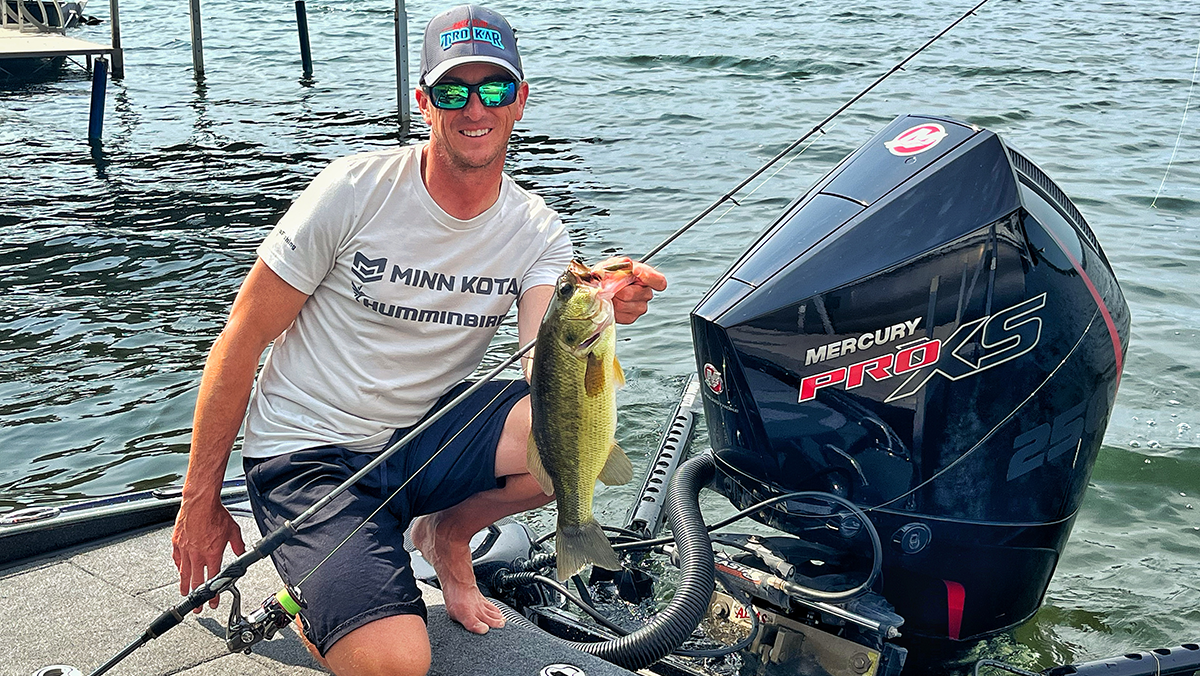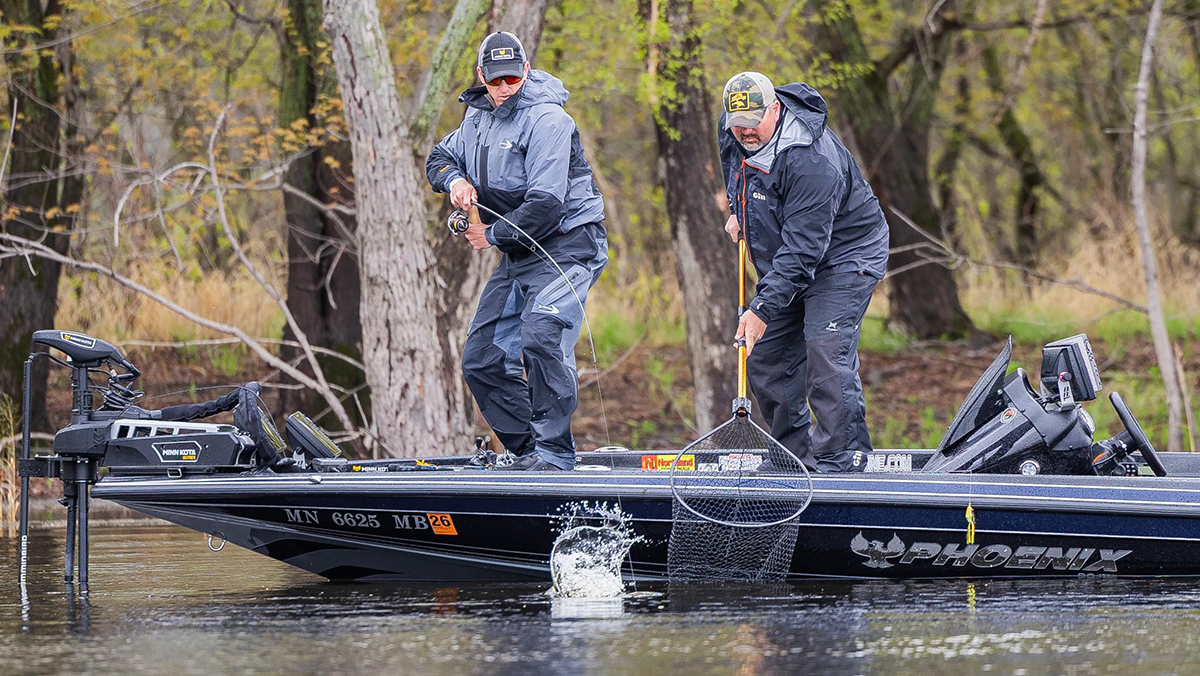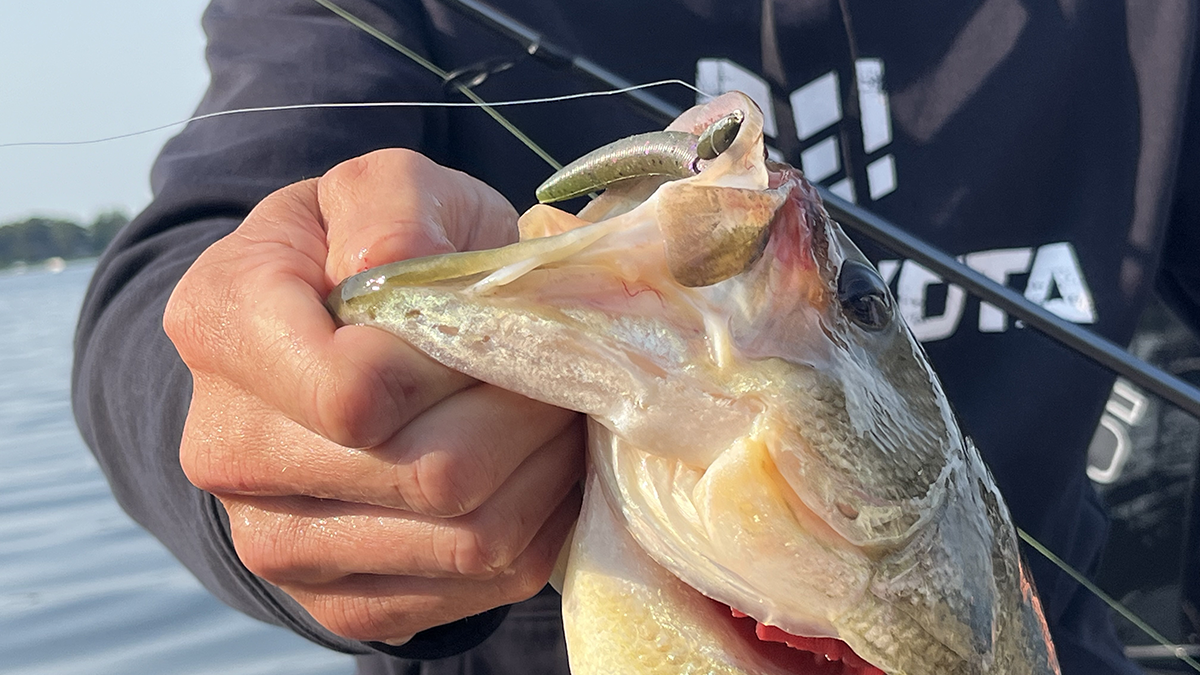We all know that a soft plastic stick bait, like the Senko, General, Dinger, or True Center Stick, flat-out catches bass when wacky rigged. It is a versatile and effective way to catch bass behind other anglers, making it a preferred presentation for co-anglers. It can be skipped under docks or overhanging trees. This rig gets the job done.
At times it seems like the bass will eat one, even if they have just seen a thousand of them. Then there are times when an angler needs to adapt their wacky rigging presentation to get the bass to bite. This may be because of weather conditions or the type of cover the bass are holding in. Or as I alluded to above, because they have seen a LOT of wacky rigs!
THE HOOK UP
The first thing that you can change up is your hook. Most anglers use some type of specifically designed wacky rigging or finesse hook, such as the TroKar TK137. But what many anglers don’t do, or maybe even realize, is that many hook manufactures make weedless versions of their wacky rigging/finesse hooks. With a fiber or fluorocarbon weed guard, these wacky rigs now become more likely to slide through cover without getting hung up. The Trokar Pro-V weedless finesse hook is a good option if you want to work the salad.
If you want extra casting distance or need to skip a wacky rig, you can add a small tungsten nail weight into the end of the stickbait. This is especially important if you are fishing in clear water and want to put some distance between you and the fish. It also comes into play around shallow water boat docks and need to get your bait way back under it.
GETTING JIGGY WITH IT
If you’re fishing offshore and need to get a wacky rig down in the water column, a weighted jig head is a great alternative way to rig the bait. With just the right amount of weight, you can effectively present your stick bait to bass that are holding on deep weedlines, regardless of depth or wind conditions. Specialty jigs, like the Weedless Wacky Jig from Northland Tackle, come in a variety of weights so you can get to the depth you need without sacrificing action.
Always use the least amount of weight possible and cast out your rig, let it sink and just slowly shake it. Alternately, you can up the weight a bit to “punch” a wacky rig through dense vegetation. Just make sure the jig has a good weed guard if you plan on doing this.

RIGGING OPTIONS
There are two different ways to rig stick baits for a wacky presentation. Each allows the bait to fall differently in the water and have a different action. The first is to just put the hook directly through the soft plastic. This allows for a natural fall, but you are going to go through a lot of baits this way.
The next option is to use some type of wacky rigging device. The benefit here is your bait will last a lot longer, so you’ll save money on baits, and valuable time on the water. There are some options in wacky rigging “devices.” These include rubber bands, O-rings, or plastic tubes that go around the bait. These go over the bait, and the hook will go between it and the bait. An example of this would be the Arsenal Fishing Stealth silicone tube. Another type is a plastic spear that goes through the bait and you put the hook through, like the JDM Geecrack Neko Hack.
GO LONG…OR DON’T
The most common size of stick bait that anglers use on wacky rigs is 5 inches. An easy way to change up your presentation is to change the size of the stick bait. When the bite is tough, if the bass are pressured, or you need to slide your bait through a small opening under a boat dock, you can drop down to the 4-inch size.
Or if the bass want a bigger bait to key in on, or the water is stained, you can wacky rig the bigger 6- or 7-inch baits. Plus the descent through the water column is faster than that of the five inch bait, so sometimes it will generate a reaction strike.

DON’T BE AFRAID TO CHANGE IT UP
The next time you think about wacky rigging, keep these variations in mind — they just might up your catch rate. You can also review our handy guide to stick bait colors to get those dialed in for whatever conditions you’re facing. And don’t be afraid to change it up.












